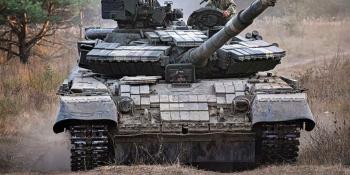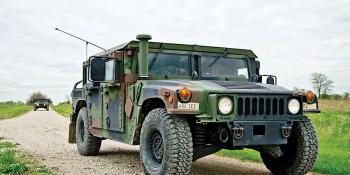During the campaign in Afghanistan, IEDs were an ever-present danger for British soldiers. Craig Allen profiles the Panama UGV, a specialist vehicle designed to counter them
Troops deployed in Helmand Province, Afghanistan, faced several threats from the resurgent Taliban – the most onerous of which was the Improvised Explosives Device, or IED.
These were already becoming an increasing problem during my tour back in 2008 when detecting them was often done by hand. A soldier equipped with a Vallon – essentially a modern take on the mine detector – would precede the patrol sweeping the ground ahead. Should he get an alarm, the procedure was to clear away the sand and probe carefully with a bayonet or similar tool. At this point, the rest of the patrol would quietly back off ‘so he could get on with his work’. This was essentially how it was done back in World War Two, although more technical means such as the flail tank were eventually devised.
With our supply routes regularly being seeded with IEDs, a more sophisticated approach was needed. One solution was to use an Unmanned Ground Vehicle or UGV equipped with specialist equipment to detect mines and IEDs. As part of an Urgent Operational Requiremen…




